Leon Battista Alberti was an Italian humanist, architect, and principal initiator of Renaissance Art. He is referred to as the prototype of the Renaissance “Universal Man.“
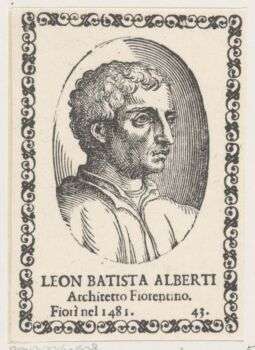
Image source: https://search.creativecommons.org/photos/3d370566-fb0f-4c8c-86a6-e9d64226bdc2
About His Life
Leon Battista Alberti was born on February 14, 1404, in Genoa. He died on April 25 of 1472 in Rome. Alberti was the son of the wealthy Florentine merchant Lorenzo Alberti, whose firms were widespread in northern Italy. The success of the city of Florence during this period is largely due to the success of the Alberti family. Additionally, it was Leon Battista’s father who instilled in him an interest in mathematics and business, which awakened his understanding of the rational structure and processes of the physical world.

Image source: https://search.creativecommons.org/photos/a72e304f-2a7a-480c-9f20-f356b3963423 by bianca.maggio
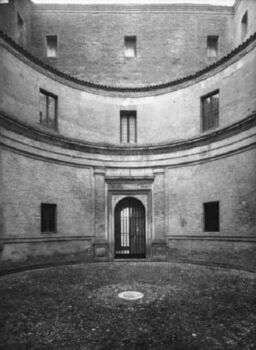
Image source: https://search.creativecommons.org/photos/9fd46071-eff6-4f23-ae8f-e8a49b8cc988 by bianca.maggio
His early formal education was humanistic. The “new learning” was largely literary, and Alberti emerged from the school as an accomplished Latinist and literary stylist. Alberti studied law at the University of Bologna, but his interests and activities were secular.
As a humanist, he drew his vision of an urban, secular, and rational world from the literature of ancient Rome. Guided by the concepts and ideas of antiquity, he brought his emotional and intellectual tendencies to the core of his thought. Therefore, he produced a series of humanistic and technical works.

Contribution to Philosophy, Science and the Arts
In 1432 in Rome, he began working on the treatise “Della Famiglia.” It was the first of several dialogues on moral philosophy upon which his reputation, as an ethical thinker and literary stylist, largely rests. Further, he wrote these dialogues in his native language for the general urban public who did not know Latin.
These works brought to the day-to-day concerns of bourgeois society and the reasonable counsel of the ancients—on the fickleness of fortune, on meeting adversity and prosperity, on husbandry, on friendship and family, on education and obligation to the common good. In Alberti’s dialogues, the ethical ideals of the ancient world stimulate a kind of modern view: morality based on the idea of labor.
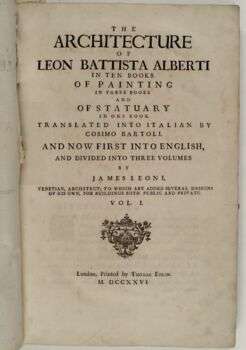
Image source: https://en.wikipedia.org/wiki/Leon_Battista_Alberti#/media/File:The_Archtitecture_of_Leon_Battista_Alberti_title_page.jpg
In his treatise “De pictura,” he explained the theory of the accumulation of people, animals, and buildings, which create harmony amongst each other. It contained the first scientific study of perspective.
This had an immediate and profound influence on Italian painting and relief work, giving rise to a correct, spatial, geometrically ordered Renaissance style. Alberti’s principles still underpin the projective science of perspective, although the artist Piero della Francesca and Leonardo later refined perspective principles.
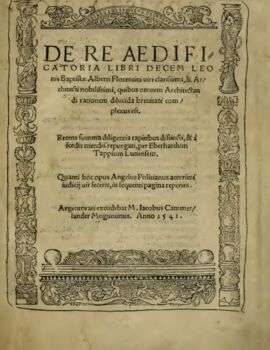
Image source: https://en.wikipedia.org/wiki/De_re_aedificatoria#/media/File:Alberti_-_De_re_aedificatoria,_1541_-_2495761_F.jpeg
In 1452, he created “De re aedificatoria“, a treatise on architecture that was not published until 1485. The treatise was written under the influence of the work of Vitruvius and the Roman archaeological sites. In 1464 his less influential work “De statua” followed, in which he examines sculpture.
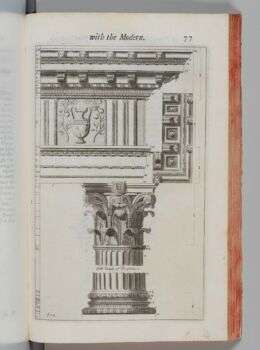
Architectural Works
His first major architectural commission was in 1446 for the facade of the Rucellai Palace in Florence.
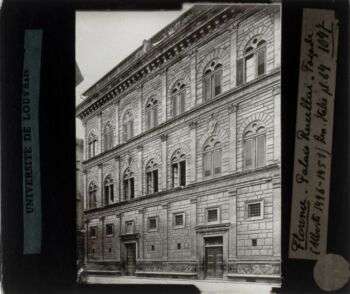
Image source: https://search.creativecommons.org/photos/498412bf-b462-492c-a8da-169f69903223
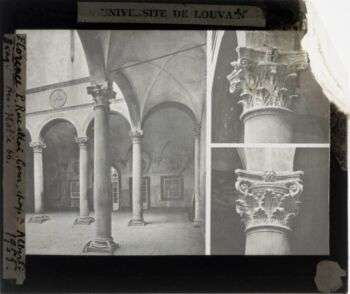
Image source: https://search.creativecommons.org/photos/7b1a2948-96dd-44d7-8684-267cc59731f3
In 1450, Sigismondo Malatesta commissioned Alberti to renovate the Gothic church of San Francesco in Rimini into the Tempio Malatestiano memorial chapel.
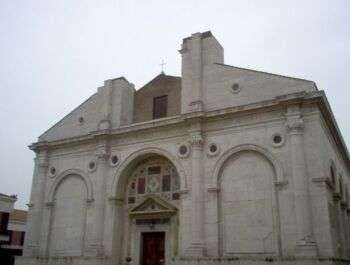
Image source: https://search.creativecommons.org/photos/697fb892-2ba6-47bb-99eb-a65ef751c434 by Puntin1969
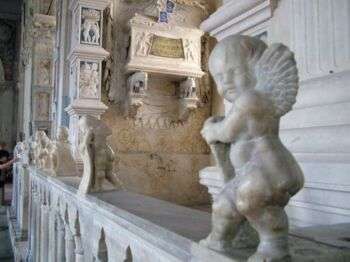
Image source: https://search.creativecommons.org/photos/42805756-4f2c-4e98-8148-b1cbed071347 by ITALIA-ITALY.org by GeoSearch
In Florence, he designed the upper parts of the façade for the Dominican Church of Santa Maria Novella. Additionally, he brilliantly solved the visual problem of joining the nave with the lower aisles with two decorative inlays. This example will be followed by the architects of the churches for four hundred years.
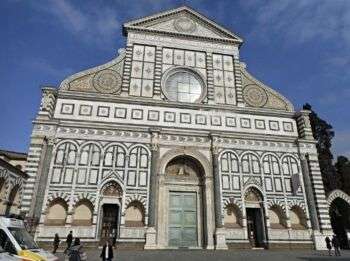
Image source: https://search.creativecommons.org/photos/1ff69522-0283-46df-90c0-abb181b8fd4e by Carlo Raso
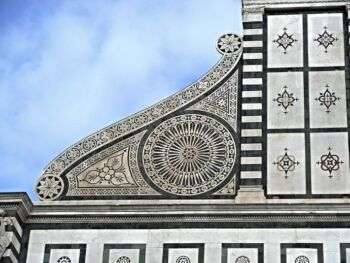
Image source: https://search.creativecommons.org/photos/e7488227-8a24-4480-a9e5-2a3612152bc5 by Carlo Raso
Other buildings:
- San Sebastiano, Mantua (early 1458) whose unfinished façade sparked much debate
- Sepolcro Rucellai in San Pancrazio (1467)
- The Tribune for Santissima Annunziata, Florence (1470)
Alberti’s only known sculpture is a self-portrait medallion, sometimes attributed to Pisanello.
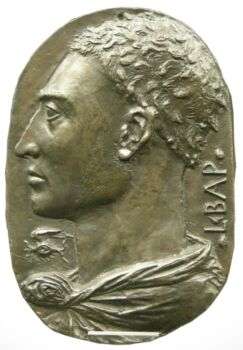
Image source: https://search.creativecommons.org/photos/2bf5dbdf-4477-4d61-a6ab-0a4cc151e204 by Leon Battista Alberti
Info sources:
http://www.britannica.com/biography/Leon-Battista-Alberti
http://www-groups.dcs.st-and.ac.uk/~history/Biographies/Alberti.html
http://www.visual-arts-cork.com/old-masters/alberti-leon-battista.htm#architecture
